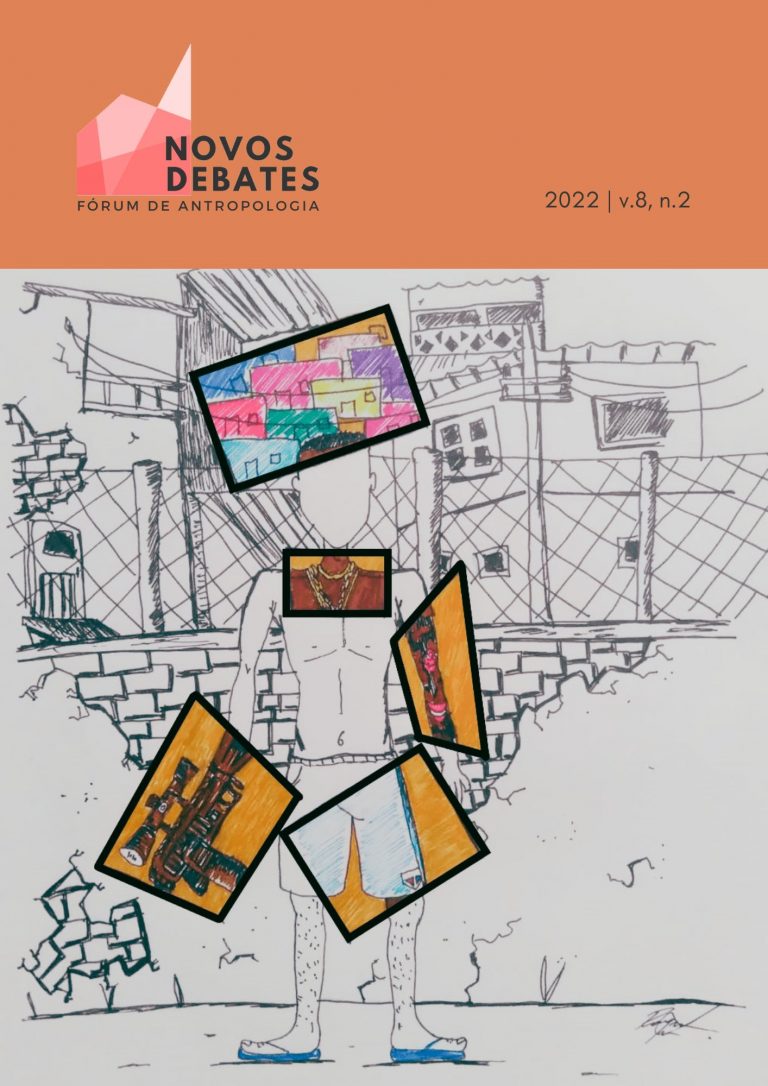Bunker
O otimismo dos pessimistas
DOI:
https://doi.org/10.48006/2358-0097/V8N2.E8204Palavras-chave:
bunker, abrigo, proteção, fortificação, esconderijoResumo
Este artigo reflete sobre as diferentes formas e usos dos bunkers historicamente, e como cada iteração deste tipo de espaço retrata valores e disputas sociais de seu tempo. Respondendo ao exercício proposto pelo sociólogo Raymond Williams (1976) em seu canônico livro Keywords, esta pesquisa revisita a palavra “bunker” e seus variados significados. Originalmente, bunkers foram criados como formações espaciais para esconderijo, abrigo e proteção. Bunkers foram difundidos na Primeira Guerra Mundial como estratégia militar, e seguiram servindo diferentes usos ao longo dos anos. Apesar de tradicionalmente conhecidos como espaços subterrâneos insalubres, este artigo mostra a evolução espacial dos bunkers, que não apenas deixaram de ser necessariamente enterrados, como também passaram a servir a variadas funções e usos, dependendo do seu contexto e momento histórico.
Referências
AUGÉ, Marc.1995 [1992]. Non-Places: Introduction to an Anthropology of Supermodernity. London: Verso.
BILLÉ, Franck. 2022. “Subterranea: Notes on the notion of a geopolitical unconscious, ” Geoforum, Volume 132, 2022: 145-153 DOI: https://doi.org/10.1016/j.geoforum.2020.03.016
GARRETT, Bradley. 2020. Bunker: Building for the end times. New York: Scribner Book Company.
KAUFMANN, Joseph et al. 2012. The Atlantic Wall: History and Guide. Havertown: Pen & Sword Books Limited.
KLINKE, Ian. 2018. “The Bunker and The Camp”. In: Irit Katz, Diana Martin and Claudio Minca. Camps Revisited. London/New York: Rowman & Littlefield International, 2018: 281-294.
LIFE MAGAZINE. 1945. “Mystery Town Cradled Bomb”. Life Magazine,20 de Agosto: 94-95. Disponível em: https: //books. google. com. br/books? id=hkgEAAAAMBAJ&18printsec=frontcover&hl=pt-BR#v=onepage&q&f=false. Acesso em 11 jan 2023.
MASCO, Joseph. 2006. The Nuclear Borderlands: The Manhattan Project in Post-Cold War New Mexico. Princeton, NJ: Princeton University Press. DOI: https://doi.org/10.1515/9781400849680
MATTERN, Shannon. 2013. “Infrastructural Tourism”. Places Journal, July. Disponível em: https: //placesjournal. org/article/infrastructural-tourism/. Acesso 11 jan 23. DOI: https://doi.org/10.22269/130701
MBEMBE, Achille. 2002. “The Power of the Archive and its Limits. ” In: Carolyn Hamilton, Verne Harris, Jane Taylor Jane Taylor, Michele Pickover, Graeme Reid, Razia Saleh. Refiguring the Archive. Springer: Dordrecht.
PAGLEN, Trevor, et al. Trevor Paglen. Interview by Lauren Cornell, Phaidon Press, 2018. STAMP, Elizabeth. 2019. “Billionaire bunkers: How the 1% are preparing for the apocalypse”. Cnn Style, 7 de agosto. Disponível em: https: //edition. cnn. com/style/article/doomsday-luxury-bunkers/index. html. Acesso 11 jan 23.
REYNOLDS, Adam e SPERA, Danielle. 2017. Architecture of An Existential Threat. Österreich: Edition Lammerhuber.
ROSS, Richard. 2004. Waiting for the End of the World. Princeton, NJ: Princeton Architectural Press.
VIRILIO, Paul. 2009 [1975]. Bunker Archeology. Princeton, NJ: Princeton University Press.
WILLIAMS, Raymond. 1966. Culture and society, 1780-1950. ‘First paperback edition: 1966’. New York: Harper & Row.
WILLIAMS, Raymond. 1976. Keywords: A vocabulary of Culture and Society. New York: Oxford University Press.
Downloads
Publicado
Como Citar
Edição
Seção
Licença
Copyright (c) 2024 Novos Debates

Esta obra está licenciado com uma Licença Creative Commons Attribution 3.0 Unported License.
Política de Acesso Aberto
Somos uma revista de acesso aberto. Não cobramos pela publicação de artigos ou pelo acesso aos fascículos da revista.
Todo o conteúdo da revista, exceto indicação contrária em materiais específicos, está licenciado sobre Atribuição 3.0 Creative Commons Brasil (CC BY 3.0 BR).
Você tem o direito de:
– Compartilhar — copiar e redistribuir o material em qualquer suporte ou formato
– Adaptar — remixar, transformar, e criar a partir do material para qualquer fim, mesmo que comercial.
– O licenciante não pode revogar estes direitos desde que você respeite os termos da licença.
De acordo com os termos seguintes:
– Atribuição — Você deve dar o crédito apropriado, prover um link para a licença e indicar se mudanças foram feitas. Você deve fazê-lo em qualquer circunstância razoável, mas de nenhuma maneira que sugira que o licenciante apoia você ou o seu uso.
– Sem restrições adicionais — Você não pode aplicar termos jurídicos ou medidas de caráter tecnológico que restrinjam legalmente outros de fazerem algo que a licença permita.


